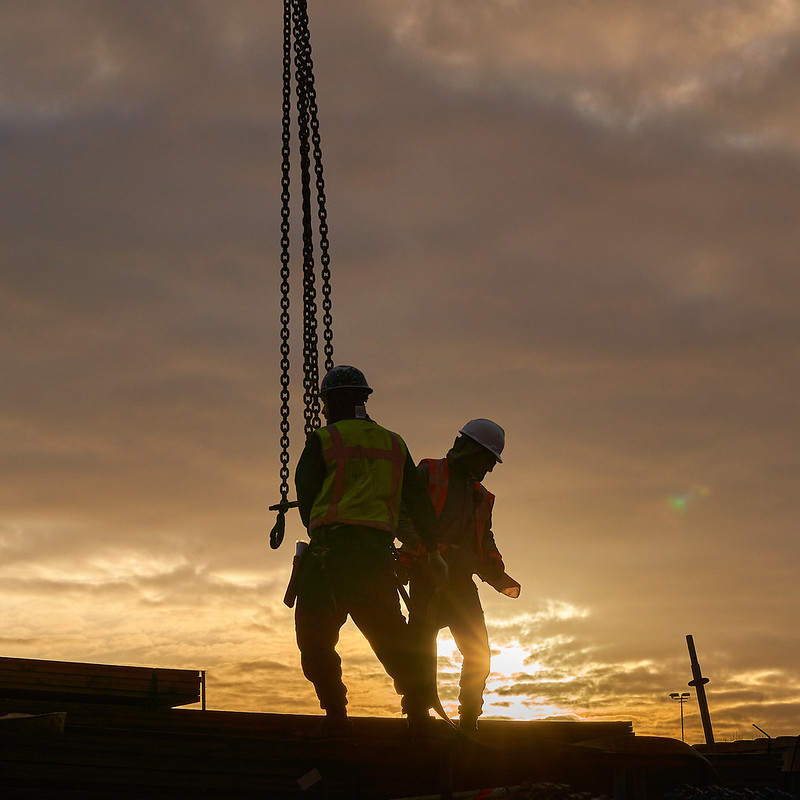After years of preparation, the Stadsmaquette took shape as a multimedia attraction in January 2020, a multi-million-euro project centred around a model of Amsterdam. The Covid-19 pandemic threw a spanner in the works, but ARCAM decided not to wait any longer and go ahead with it anyway. Through small-scale experiments and multimedia spatial representations, in the coming year we will visualise the city and region on various scales, in close cooperation with all of the project supporters from over the years.
Under the designation 5D ExpoLab, we will collect information that helps us to interpret current developments and translate them into design assignments, as well as investigate promising applications of data (sets) as a design tool. Through (interactive) models, we also demonstrate current spatial developments in the metropolitan region to residents, tourists, professionals, and foreign delegations. The Timeline 2000–2030 is part of this.
The results of these experiments will be given a more concrete form in 2023, as a (semi-)permanent installation on the quay. As such, the 5D ExpoLab is at the heart of ARCAM’s role, in the sense that it puts current developments on the agenda and involves a wide audience. It connects the generally informative function of ARCAM (lectures, walks and bicycle tours) with the exhibition programme via the coordinates of the city and region.


